The Gabrielle Keiller Library at the Scottish National Gallery of Modern Art acts as a buffer zone between the institution’s archive reading rooms and a gallery dedicated to a long-term display of Surrealist art. A softly lit, inviting space with glass-fronted wooden bookshelves and old fireplace, it provides a suggestive site for small-scale exhibitions that often playfully explore the research processes behind artistic practices.
The library environment proves particularly resonant for its latest exhibition, ‘Call and Response: Women in Surrealism’, coordinated by the Edinburgh-based artist Stephanie Mann. During her lifetime, Gabrielle Keiller amassed a small but excellent collection of over 130 artworks, many of which relate to Dada and Surrealism, which she bequeathed to the SNGMA – together with the books and manuscripts that form the library – on her death. This exhibition by and about women artists finds a home within a context created by a woman collector, foregrounding the continued need to be attentive to the legacies of figures who are often overlooked because of their gender.
‘Call and Response’ brings together an intriguing selection of items from the SNGMA’s archives and library; a small group of paintings and drawings by historical artists including Catherine Yarrow and Edith Rimmington; and a series of artworks made by participants in creative workshops, run by Mann for four Scotland-based women’s groups in collaboration with the Glasgow Women’s Library. These combined elements are laid out in a series of vitrines that run around the space underneath the bookshelves, and on the wall above the fireplace. The result is an intimate, immersive display that focuses on the imaginative potential of the dream state and free association.
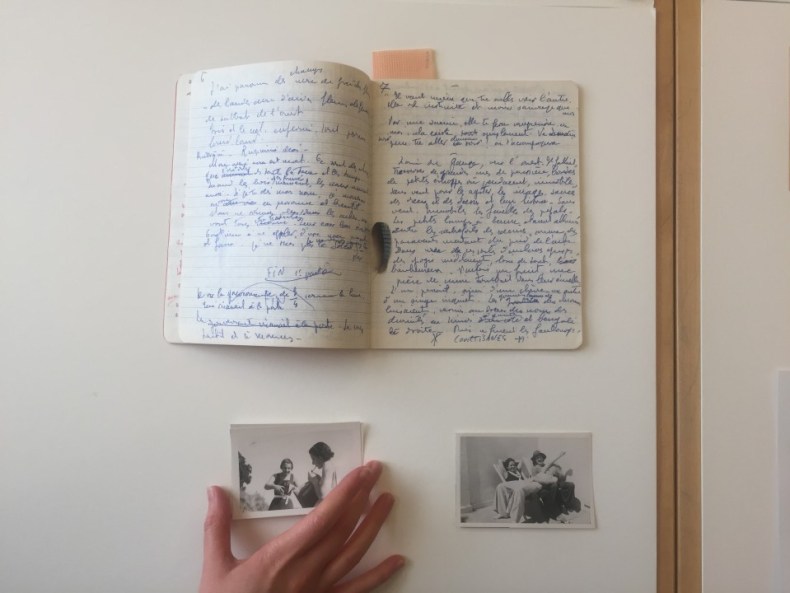
Photographs from the collection and a notebook belonging to poet and artist Valentine Penrose, née Boué. Courtesy Scottish National Galleries
The vitrines house a number of intriguing finds gleaned from the Roland Penrose papers in the SNGMA archive. One case contains an artist’s book by Claude Cahun (who will soon feature in an exhibition at the National Portrait Gallery), opened at a page featuring a photo-collage of disjointed limbs and orifices, with Cahun’s disembodied lips distributed across a series of petal-shaped cut outs. This sits next to several small photographs taken by Lee Miller of her own legs and arms while sunbathing – beautiful, but uncanny and strange.
There is a particularly intriguing section on hypnagogia, the threshold between waking and sleeping in which the brain is still conscious, but open to hallucinations and fantasy. A selection of published writings and notebooks from Leonora Carrington, Ithell Colquhoun and Valentine Penrose demonstrate how these artists actively pursued this state because of the fluidity of reference and connection it enabled.
A series of decalcomania prints created by members of the women’s workshops are placed throughout the vitrines. Made by dropping ink onto a surface and then pressing paper down on top of it before peeling the sheet away, the patterns created by this method have an instantly recognisable, viscous quality, which evokes flesh, organic matter, and decay. The Surrealists loved the technique because of its ability to conjure fantastical landscapes and dream worlds. Here, the results of the process are spread throughout the display in order to establish connections between a range of books, photographs and quotes.
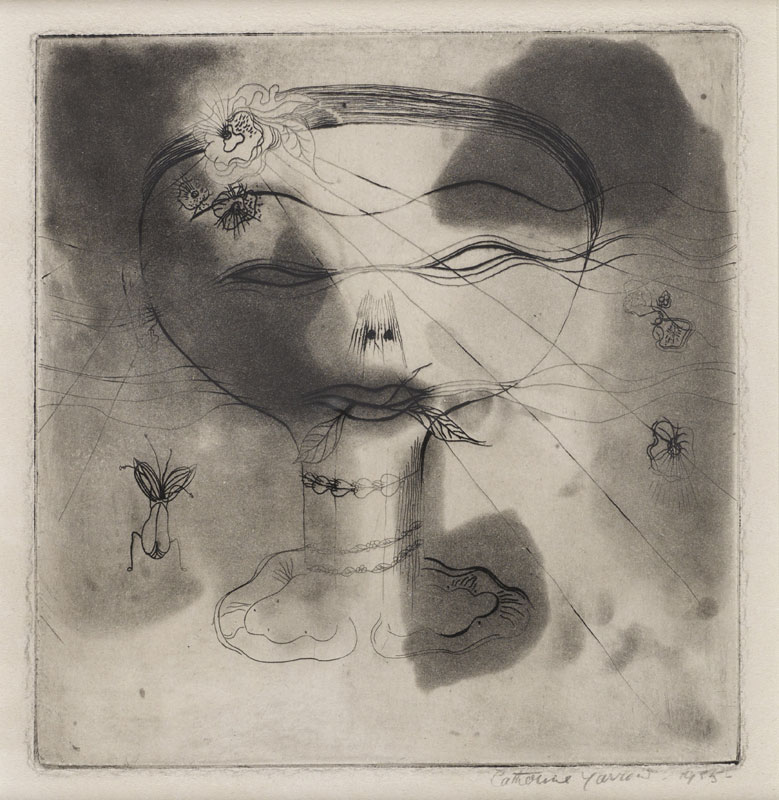
Head with Insect (1935), Catherine Yarrow. Scottish National Gallery of Modern Art © Catherine Yarrow Estate
It is slightly ironic that the recent collaborative work created especially for ‘Call and Response’ fades from view somewhat here. The older works by Rimmington and Yarrow startle and stun in their weirdness, and inevitably draw the eye away from the surrounding material. There’s a deeply unsettling 1935 etching by Yarrow of a head with pupil-less eyes, from which the tendrils of plants and insect forms emerge in a most disconcerting way. Edith Rimmington’s The Decoy (1948), a comparably grisly work, shows a decomposing hand nurturing chrysalises that have already unsheathed a number of butterflies.
Despite the compelling nature of individual paintings and drawings, a sense of activity conducted behind the scenes also pervades this display, particularly through the inclusion of sound works, and a scrolling text on an LED screen that derives from an automatic writing workshop. The overall effect of interrelation and exchange between artists living and dead is evocative and uncanny. It is also a reminder of how much is still to be researched about women artists’ contribution to Surrealism, despite the ground-breaking initiatives of writers like Whitney Chadwick. Of the artists included, Lee Miller has received renewed critical attention in recent years, but Carrington, Rimmington, Yarrow and Colquhoun all reward further exploration, too.
‘Call and Response: Women in Surrealism’ is at the Scottish National Gallery of Modern Art, Edinburgh, until 26 February.
Unlimited access from just $16 every 3 months
Subscribe to get unlimited and exclusive access to the top art stories, interviews and exhibition reviews.

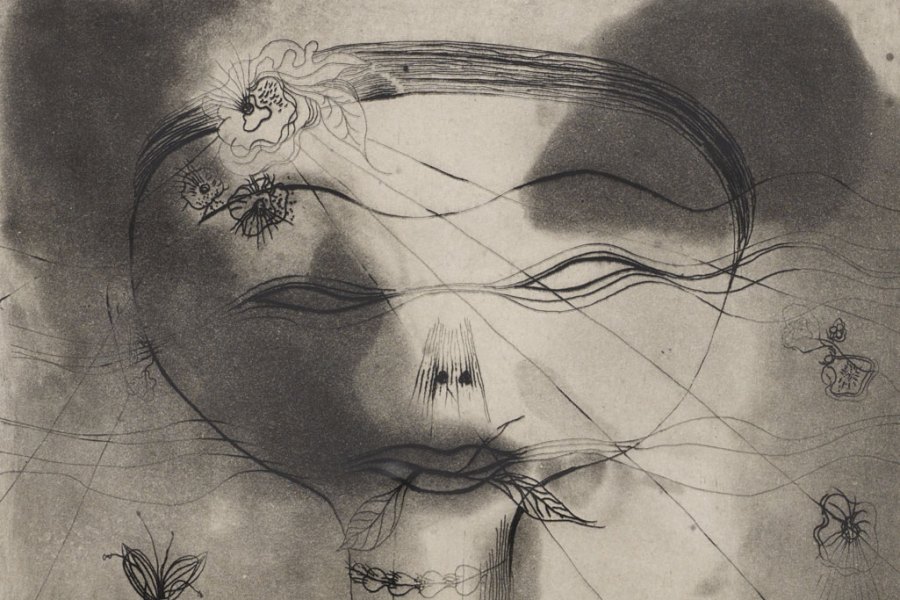
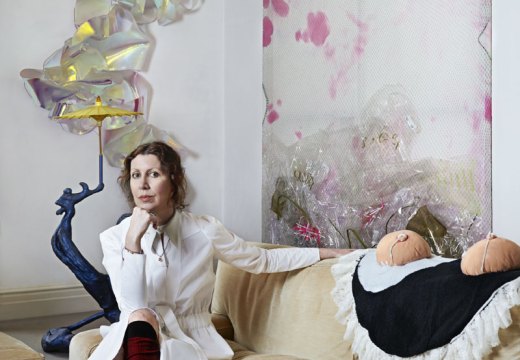
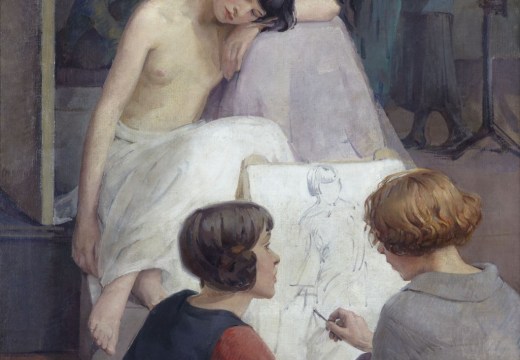
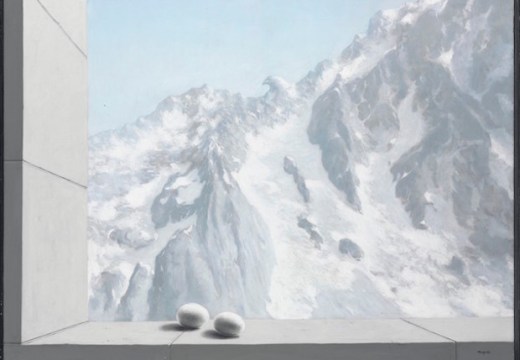









![Masterpiece [Re]discovery 2022. Photo: Ben Fisher Photography, courtesy of Masterpiece London](http://www.apollo-magazine.com/wp-content/uploads/2022/07/MPL2022_4263.jpg)
Has the Fitzwilliam lost the hang of things?